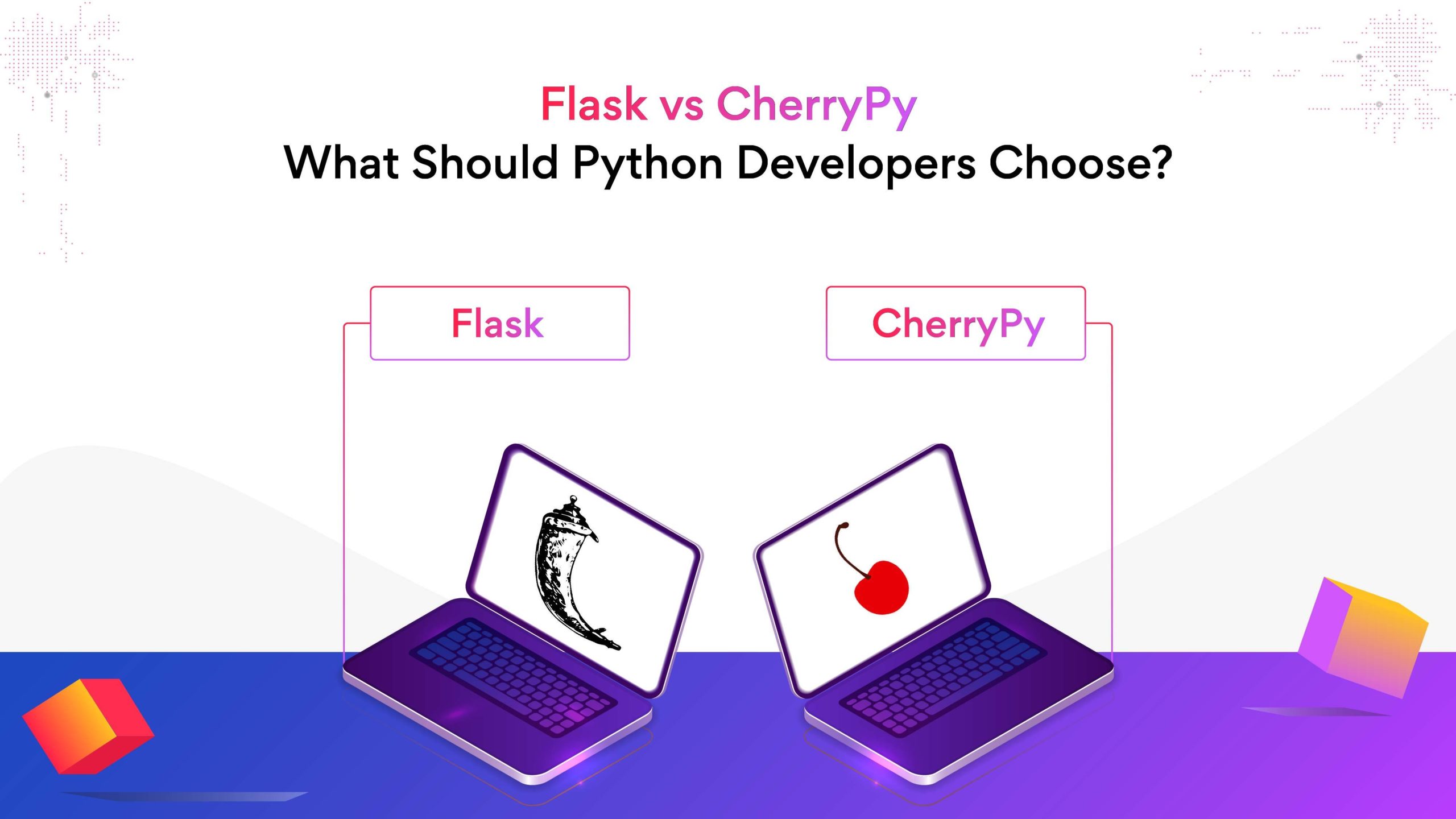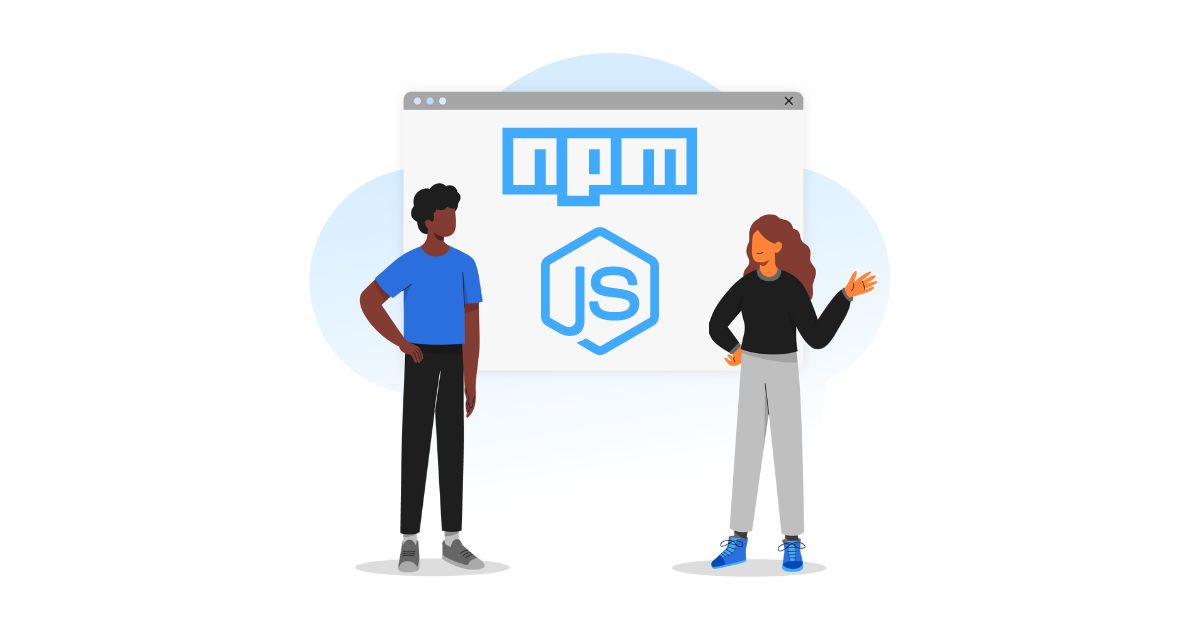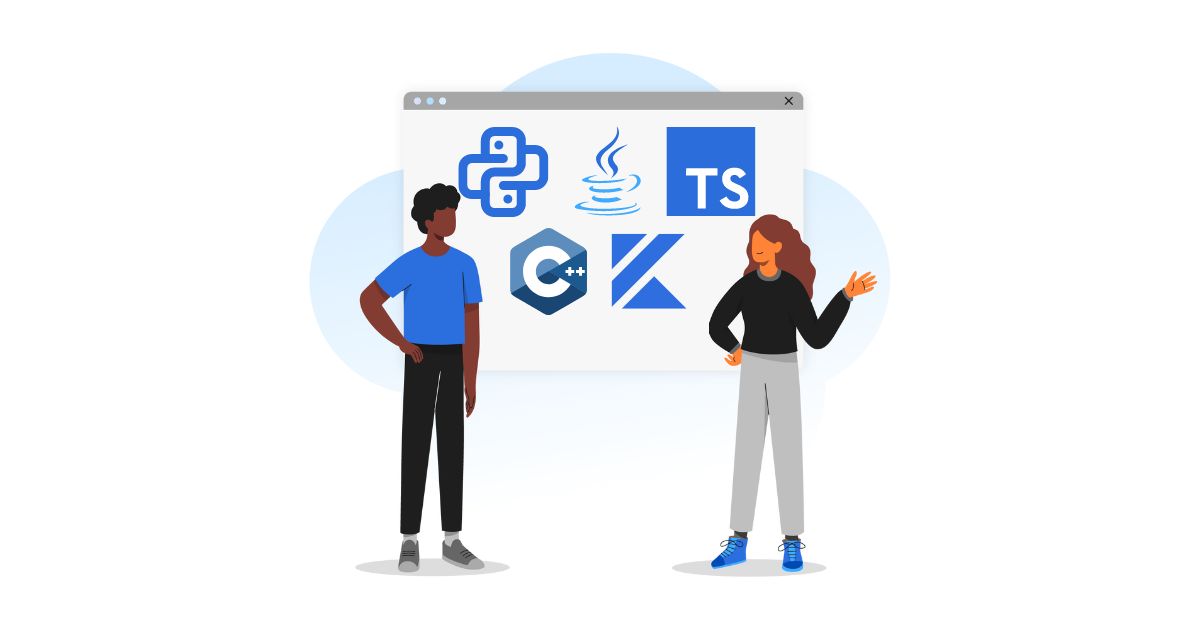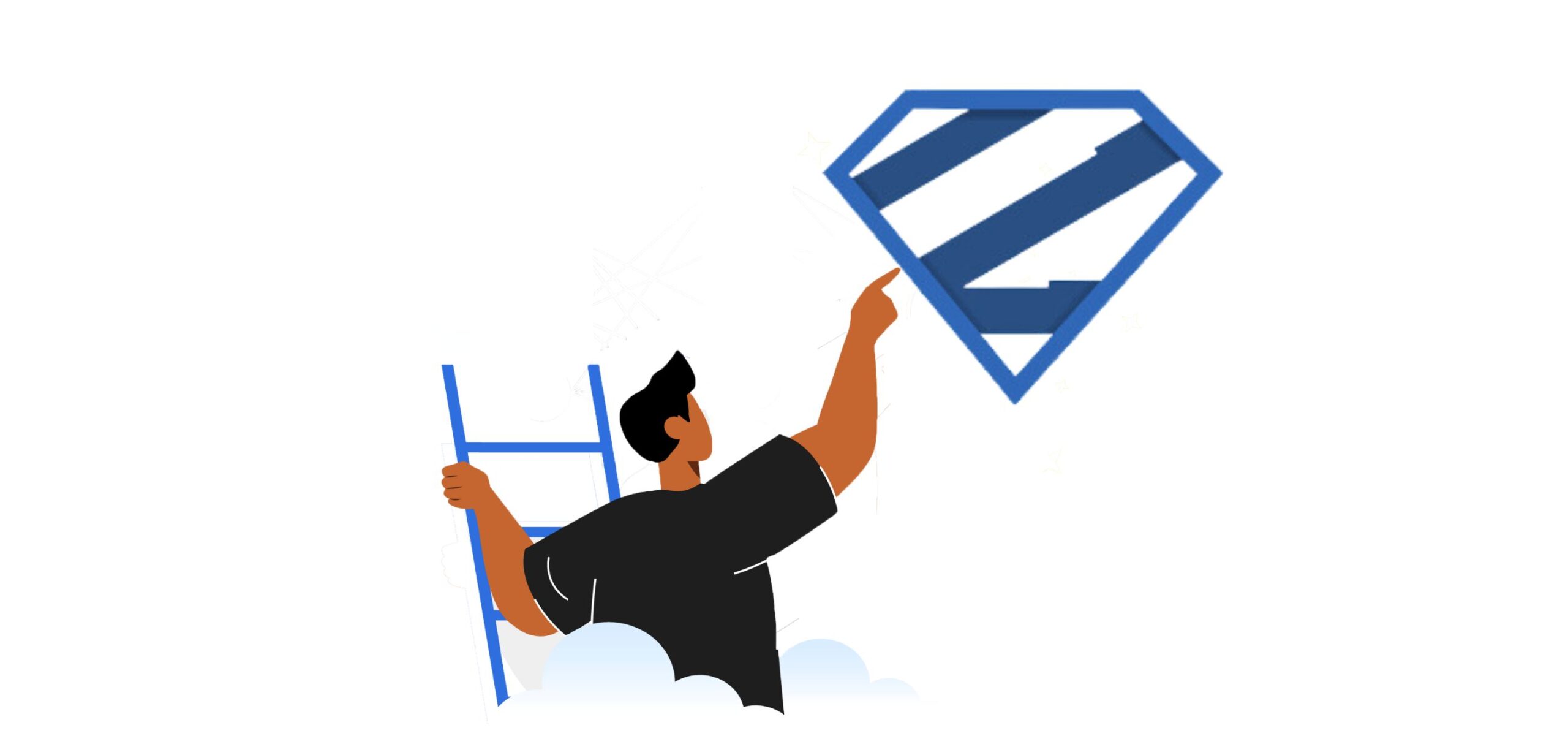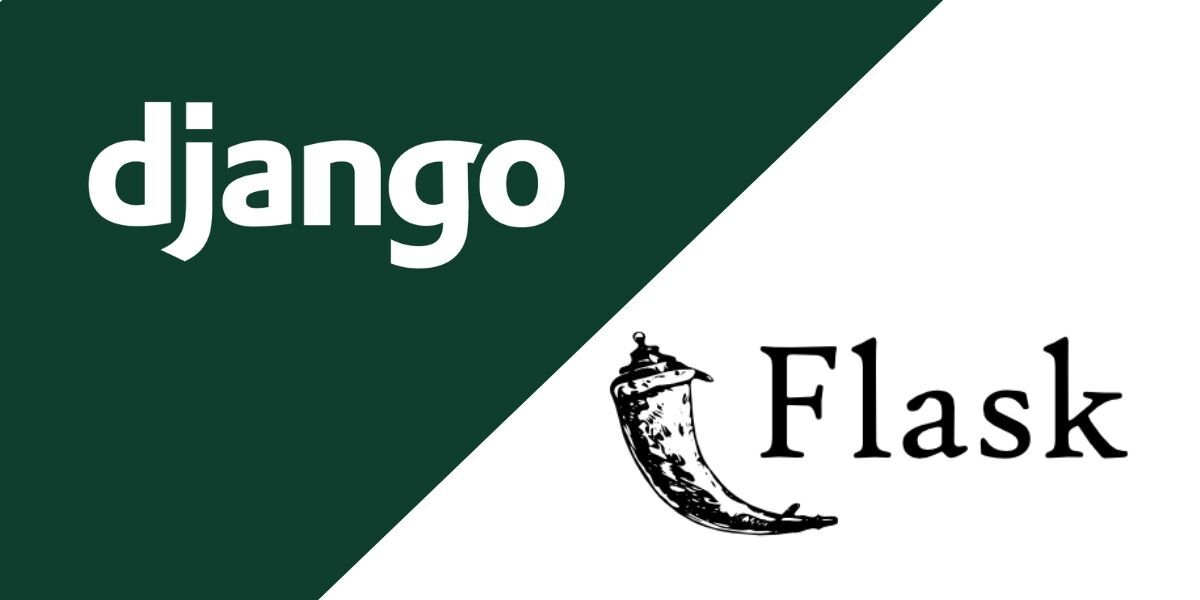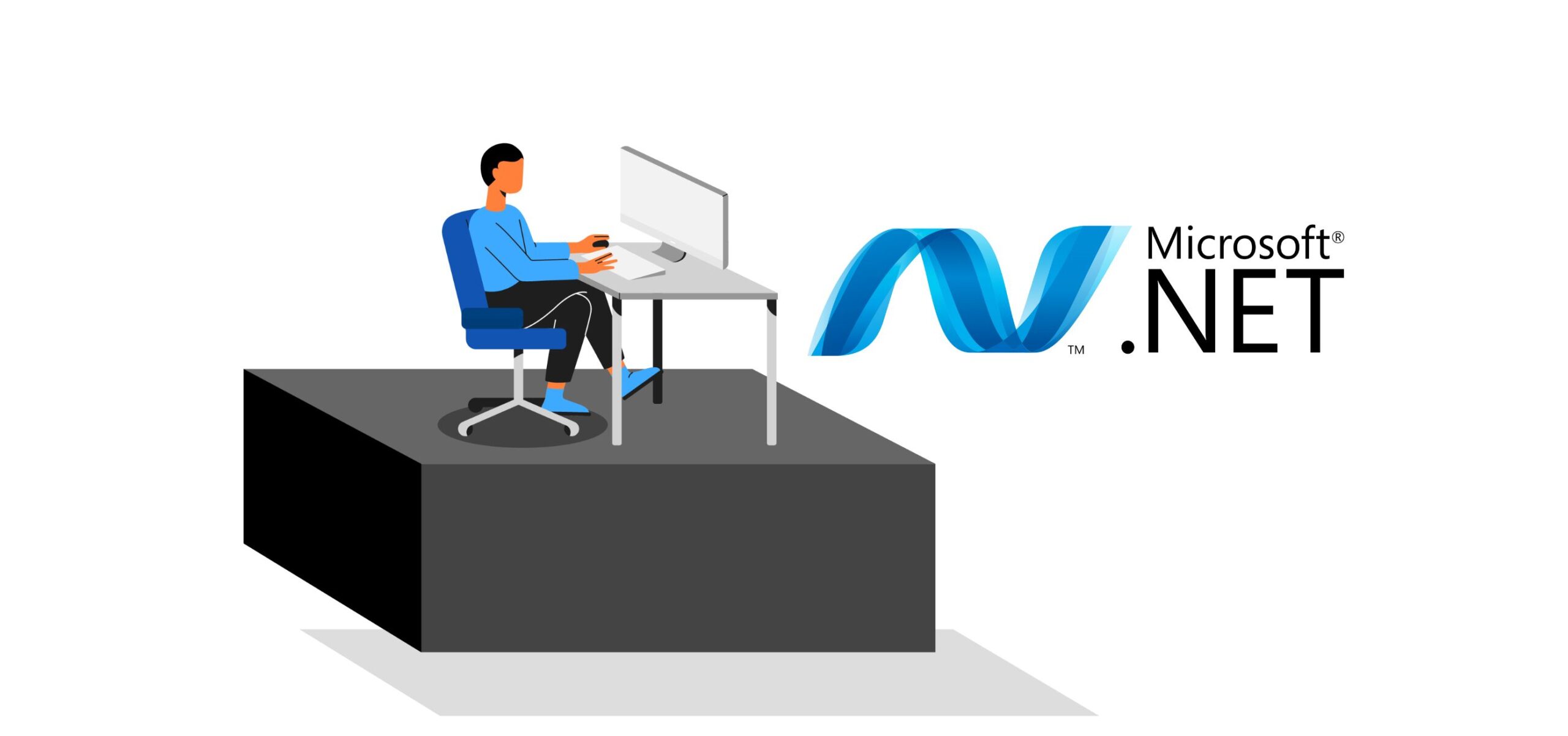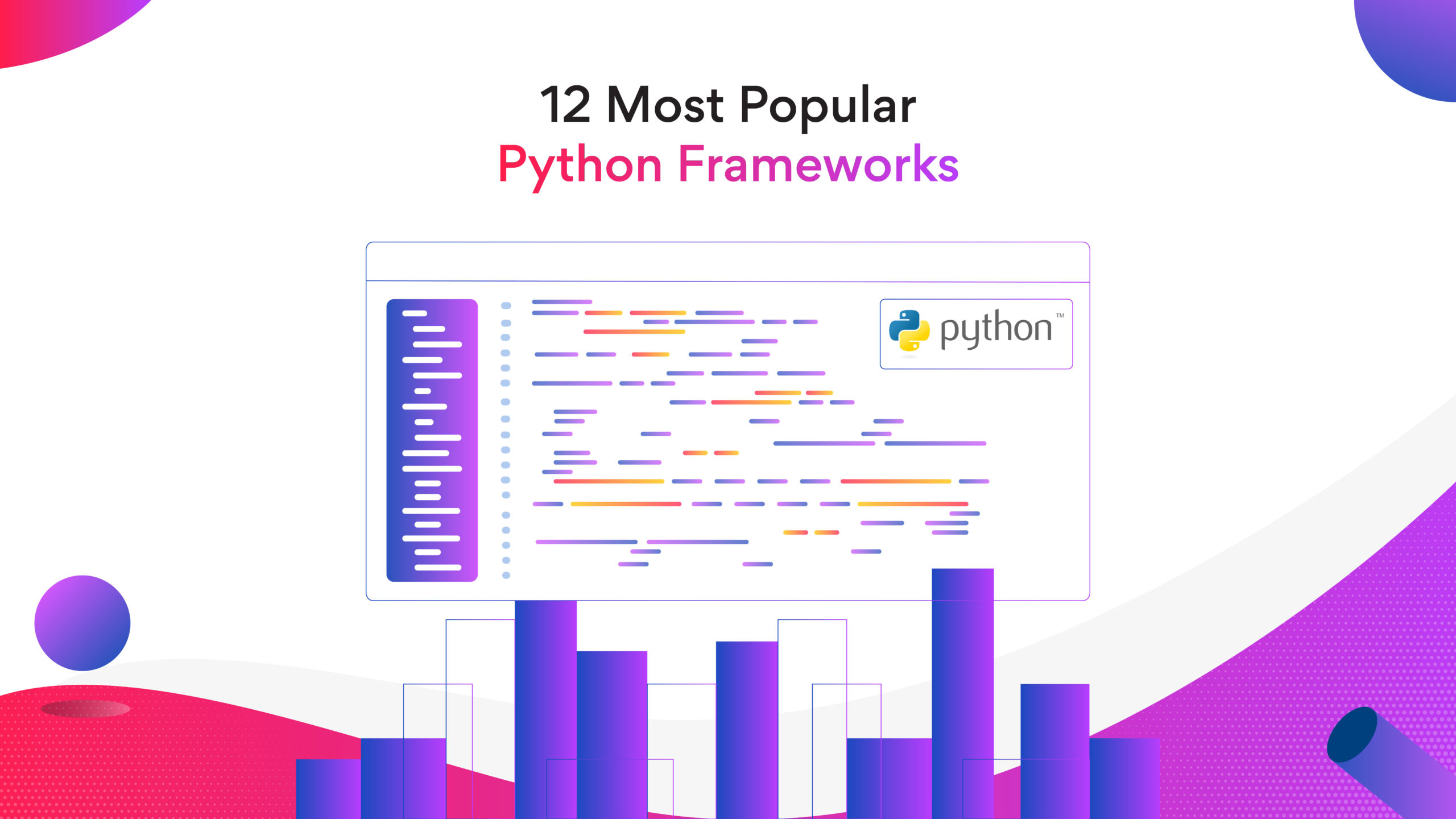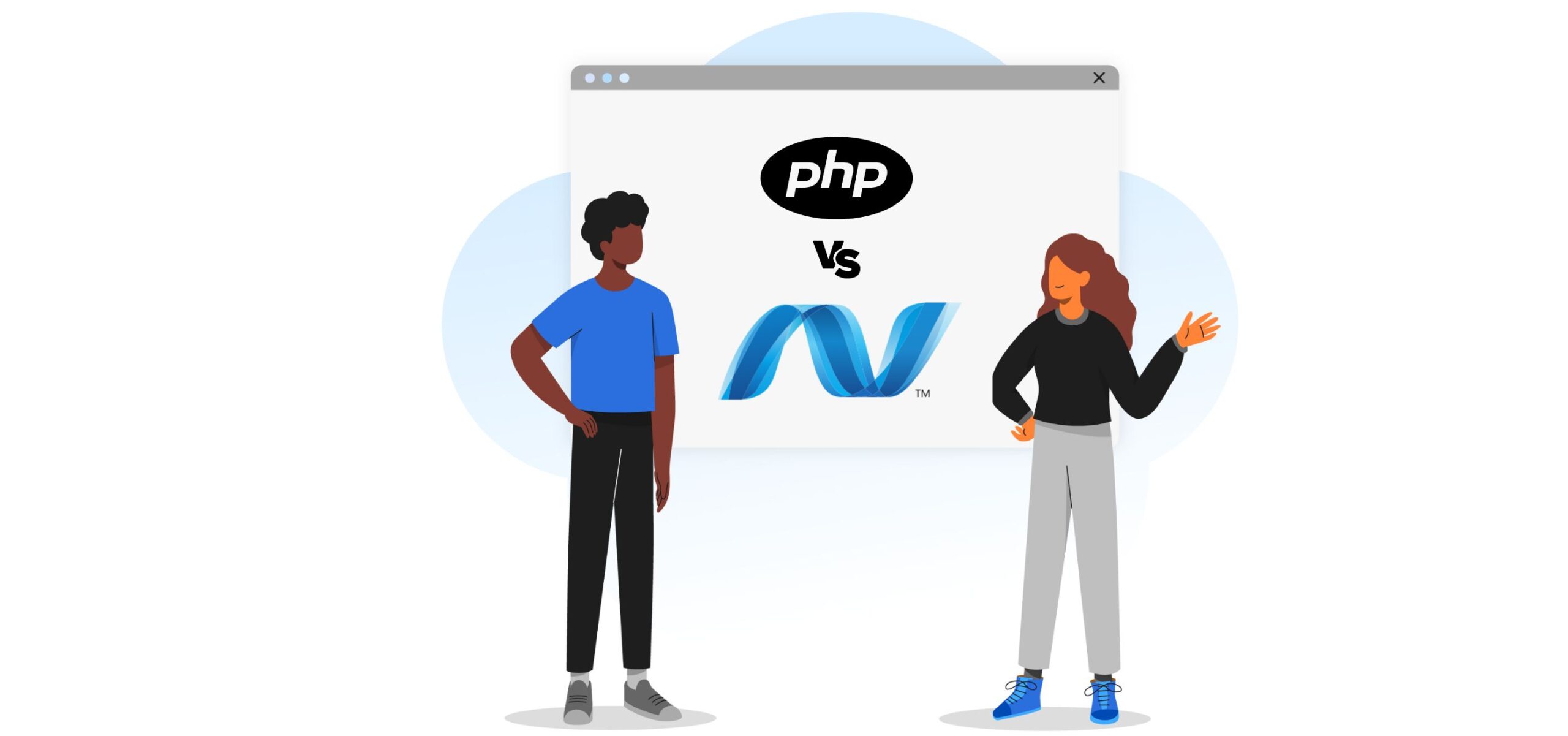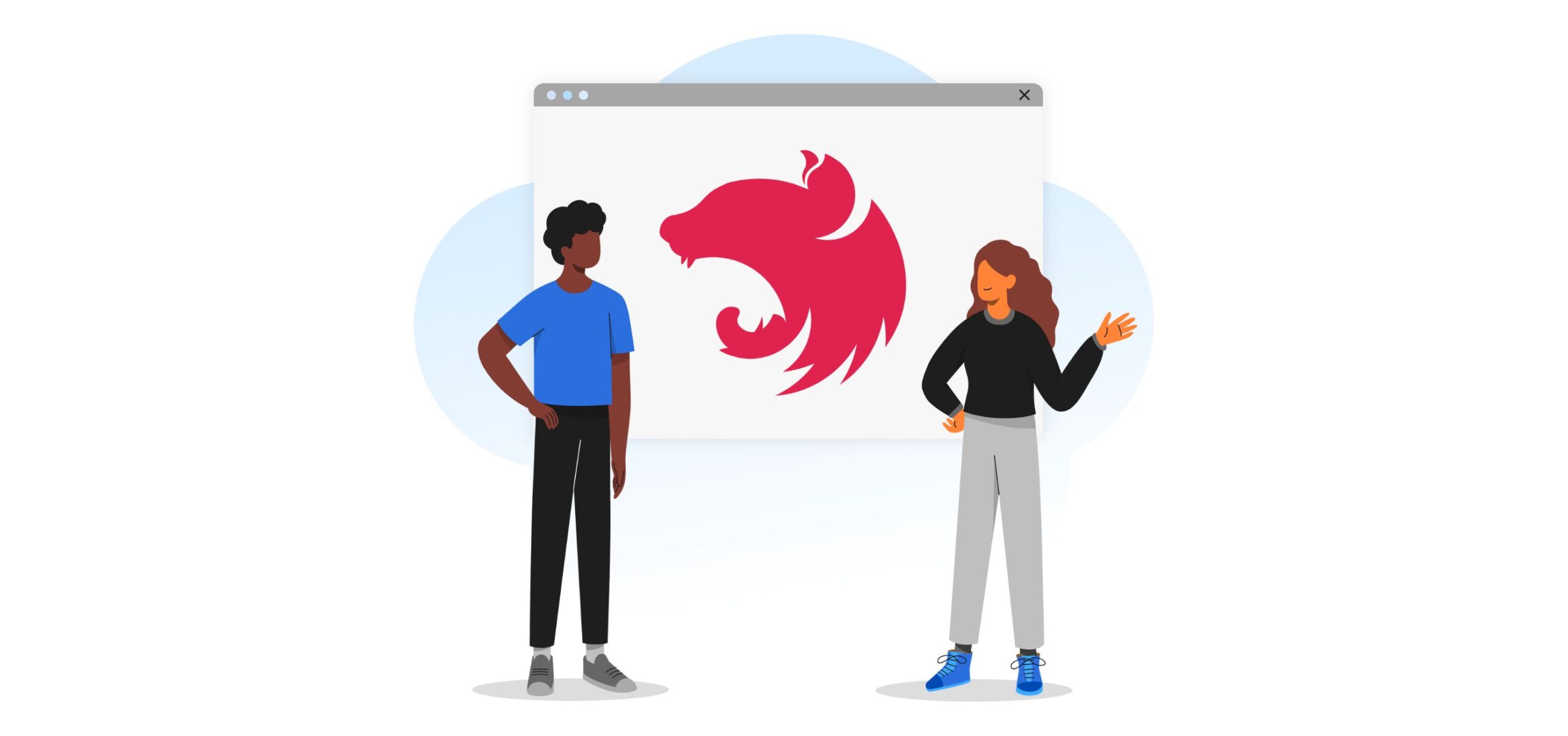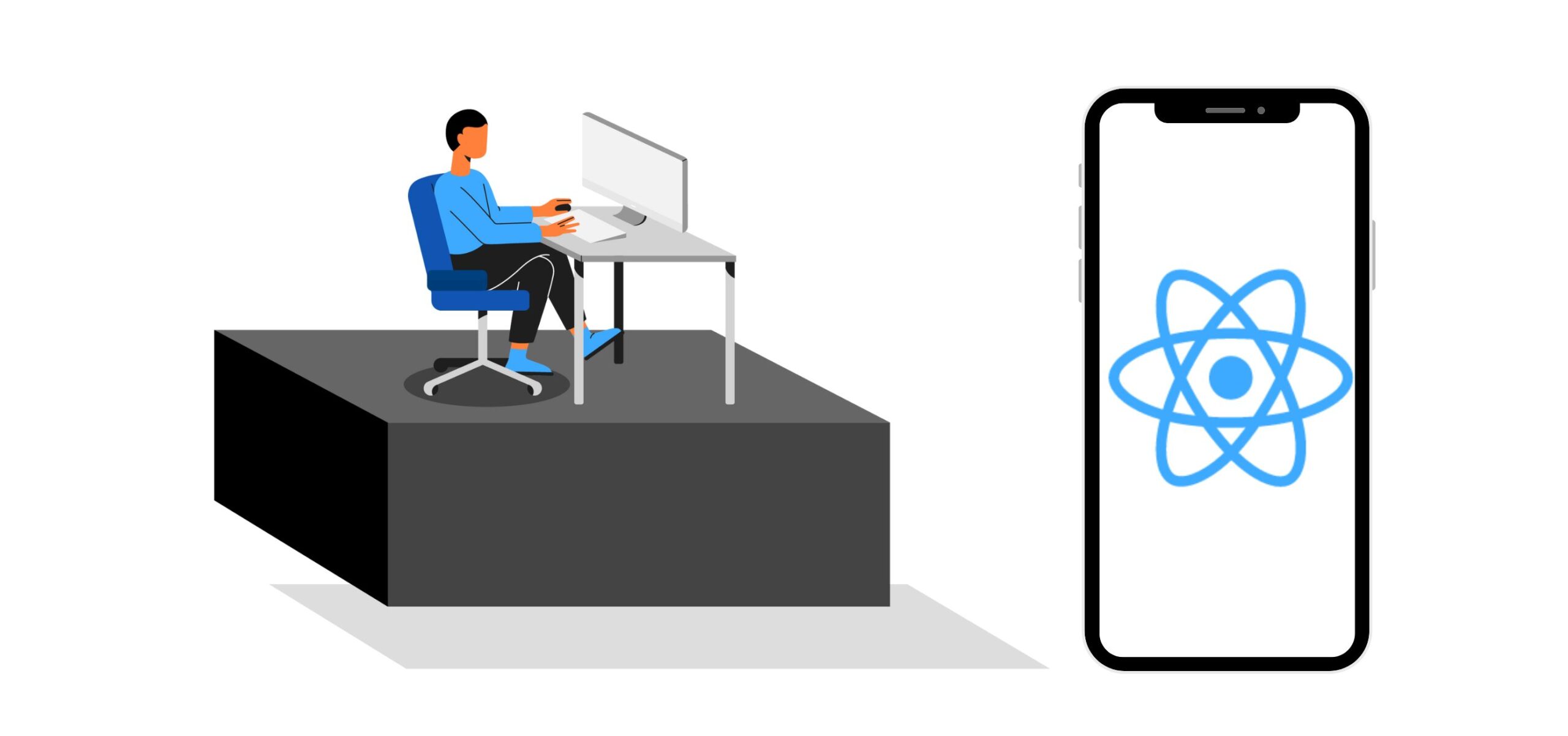Flask vs CherryPy: What Should Python Developers Choose?
What is CherryPy used for? Is Flask worth learning in 2022? Which web framework should I learn in Python? Which framework is most used in Python?
This blog post will help you answer all these questions. Let’s get started.
Python is one of the most popular programming languages that offer a wide range of web frameworks. Python web frameworks are collections of modules and packages that help developers create web applications and services. Python frameworks are of two types: full stack and non-full stack.
Full stack frameworks provide complete solutions for application development, including form validation, template layouts, and form generators, among others. Popular Python full-stack frameworks include Django, Turbogears, web2py, Cubicweb, Giotto, Grok, Pylons, and more.
On the other hand, non-full stack frameworks help create small applications relying on modules in the Python library. Popular Python non-full stack frameworks include CherryPy, Flask, Hug, Pyramid, Albatross, Falcon, and more.
What is CherryPy?
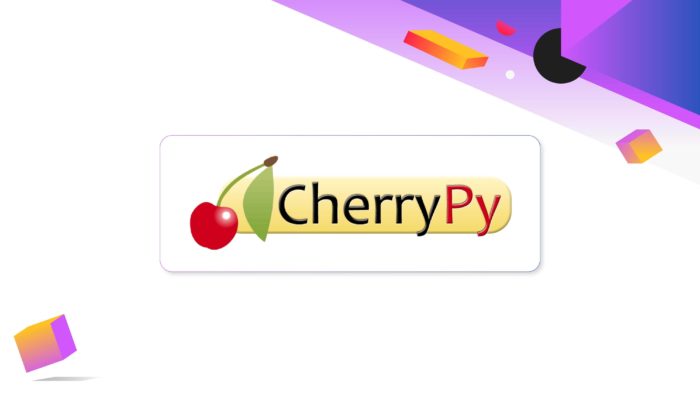
CherryPy is a minimalistic Python web framework for web development.
CherryPy is a Pythonic object-oriented programming system that helps developers build fast and reliable web applications. It is one of the oldest Python frameworks. CherryPy enables developers to create a database-driven web application with less source code. This framework offers to create, retrieve, delete and update functions.
What is Flask?
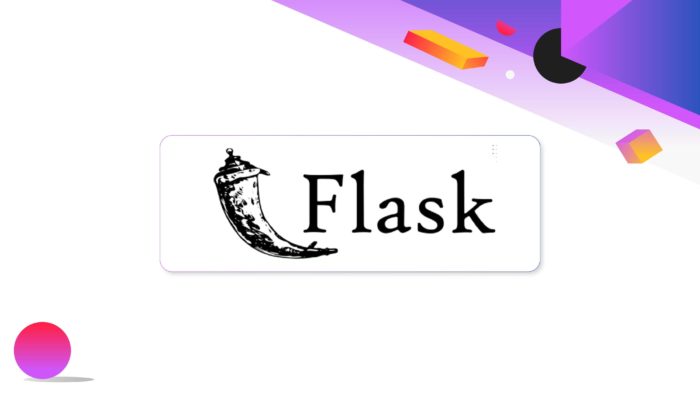
Flask is a popular Python microframework used for web development.
Flask is a lightweight Python microframework that provides essential features like routing, request handling, and more. Flask offers suggestions but does not impose any project layout or dependencies. Developers can choose the tools and libraries they want to use as per the project. This framework features a WSGI toolkit and a Jinja2 template engine.
Here are the key differences between Flask and CherryPy:
- Flask vs CherryPy: Application security
CherryPy offers built-in features that can help you with security solutions like user authorization, encoding, caching, and more. Additionally, it offers several tools for application testing and debugging.
Flask, on the other hand, allows several security mechanisms that developers can add to Flask applications. This framework includes password hashing, token-based authentication, cross-site scripting, and JSON security. However, developers must set up a content security policy to protect application data while using Flask. - Flask vs CherryPy: Templating engine
Flask’s templating engine Jinja helps developers access both static and dynamic template files. The pre-built Web Server Gateway Interface WSGI toolkit in Flask allows you to receive templating requests from web servers that you can integrate into the final document.
Unlike the Flask framework, CherryPy does not have a templating engine. However, developers can easily integrate different templates like Cheetah, Jinja2, and Mako, among others, into the framework. - Flask vs CherryPy: Libraries and community support
The Flask framework has several external libraries and third-party utilities that you can integrate with your projects. Flask offers rich community support that helps developers resolve any issues that arise during software development.
Similarly, CherryPy is a flexible and highly scalable framework that offers seamless integration with Python libraries and modules. However, the community support for CherryPy is significantly low, meaning developers must resolve the issue on their own. - Flask vs CherryPy: Database support
Flask utilizes Dbadapters to support different databases. Developers can use open-source libraries like Flask-Pony and Flask-SQLAlchemy for object-relational mapping and database support. By utilizing the extensions mentioned above, developers can use open-source libraries like MongoDB, CouchDB, Cassandra, and DynamoDB in Flask.
Similarly, CherryPy does not offer a built-in relational database management system (RDBMS) or built-in SQL support. Developers must use SQLAlchemy to use different plugins and extensions for databases. - Flask vs CherryPy: Testing
The Flask framework provides built-in unit testing support using Python’s unit test framework. The unit testing feature allows developers to test portions of source code that determine the usability for each portion.
Unlike Flask, CherryPy does not provide built-in unit testing support. Developers must rely on modules like Nose and Webtest to test portions of source code.
Related Post: 12 Most Popular Python Frameworks
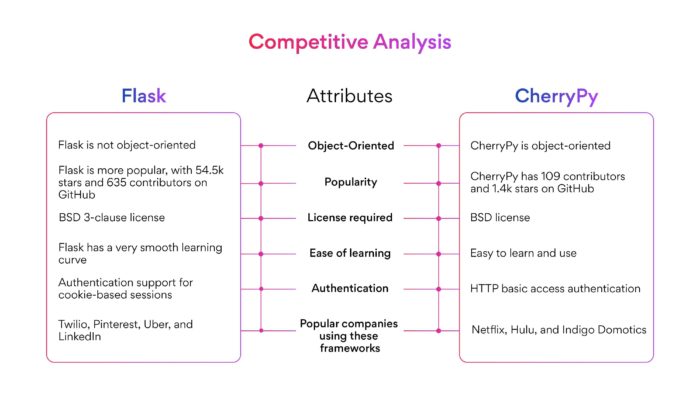
Comparison between features of CherryPy and Flask.
Unique features and best use scope of CherryPy
CherryPy offers many unique features that include extensibility, scalability, simple syntax, an HTTP server for application hosting, data abstraction, and easy deployment on WSGI-compliant gateways.
CherryPy is ideal for creating Rest APIs with built-in tools and small-scale applications. Developers do not need extensive documentation, resources, and templates to use this framework.
Unique features and best use scope of Flask
Flask offers several unique features like synchronous request processing, extensive documentation, a good routing system, and conventional data storage.
The Flask framework provides high scalability to start-ups and builds simplistic web APIs and large-scale applications with ease. Also, Flask is a great choice for building project prototypes.
Related Post: Django vs Flask: Which Framework to Choose?
Summary
CherryPy is a minimalistic Python web framework that allows developers to build web applications with cleaner code in less time. On the other hand, Flask is a microframework that allows you to build a high-functioning web application with a sound structure by compiling different Python modules and libraries
In the CherryPy vs Flask battle, Python developers must consider several factors before making a decision. After all, both frameworks offer unique features and are ideal for specific project requirements.
Are you an experienced Flask or CherryPy developer looking for a job?
Try Turing!
Turing helps software developers land their dream remote jobs in top US companies with long-term career growth and unmatched compensation. Visit the Apply for Jobs page to know more!
FAQs
Is CherryPy a web server?
CherryPy is a web framework that offers a generic HTTP server and production-ready, thread-pooled, high-speed modularized components to develop web applications.
Is Flask a front-end or back-end framework?
Flask is a back-end framework that allows developers to choose tools, libraries, and extensions for their projects.
Which is better, Flask or Django?
Flask is better for small-scale applications, while Django is great for large-scale applications.
Join a network of the world's best developers and get long-term remote software jobs with better compensation and career growth.
